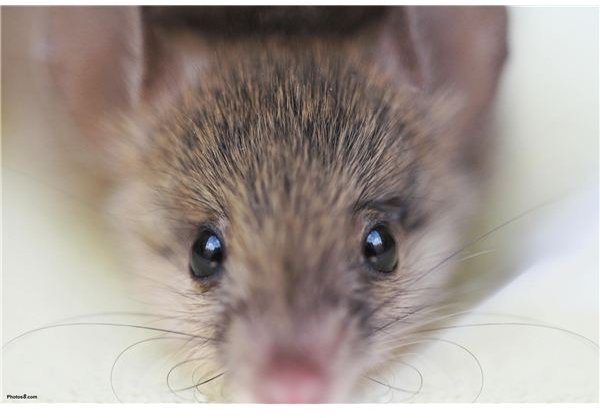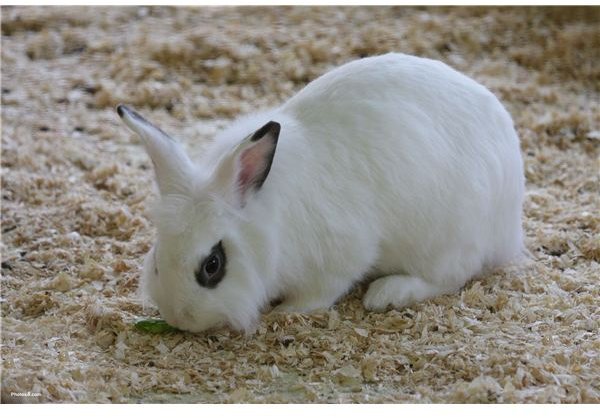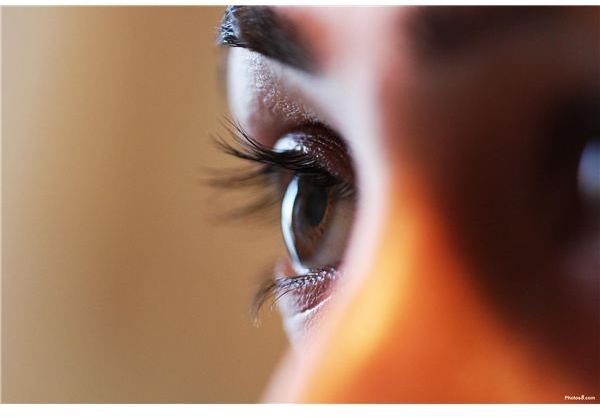What Cosmetics Use Animal Testing? What Everybody Ought to Know
The Controversy of Cosmetic Animal Testing
Cosmetic animal testing is a hot button issue. When it comes to pharmaceutical products and some chemicals, animal testing is required by law to assure product safety. Under the federal Food, Drug and Cosmetic Act cosmetic and household products do not require animal testing or FDA premarket approval. Yet a significant number of companies still conduct animal tests on their cosmetics. Opponents of the practice point out that cosmetics are not life-sustaining and are disgusted by the idea of causing helpless animals pain all in the name of beauty. Supporters of cosmetic animal testing, claim it is simply good business practices. By testing their products for possible side effects these companies hope to avoid being sued or potentially causing harm to consumers who purchase their cosmetics. So what cosmetics use animal testing? What about organic beauty products and other alternatives? Today, this information is readily available to consumers.
The Beginning of Animal Testing
Consumers who choose to purchase cosmetic products today can be assured that these products have been proven safe for use; this has not always been the case, however. In the early 1930’s thousands of women reported dangerous side effects after using a popular beauty fad called Lash-Lure. The active ingredient in the permanent mascara was high amounts of paraphenylenediamine, a toxic aniline compound. Women who used Lash-Lure suffered from swollen eyelids, abscesses, blisters, face ulcers and blindness. For one unfortunate woman, death occurred. Lash-Lure was just one of many cosmetic products of the era that caused damage to unsuspecting Americans and helped the Food, Drug, and Cosmetic Act of 1938 became law. Since the passage of the law, animal testing has been used to test the toxicity of cosmetic products.
Most Popular Types of Cosmetics Animal Testing
Speaking of Research (SR) reports around 26 million animals were used in the United States in 2006 for research purposes. Of those used around 25 million were rats, mice, birds and fish. Over 1 million, rabbits, guinea pigs and other animals covered by the Animal Welfare Act were also used. According to PETA, these animals often face overcrowding in laboratories, suffer from a lack of veterinary care and receive inhumane treatment. In the cosmetics industry, testing on these animals is done to test for product toxicity, ability to cause skin irritation and capacity to damage eye tissue.

Draize test: This irritation and corrosion test consists of pouring caustic substances into the eyes to determine the ability of an ingredient to cause damage. According to an animal advocacy group, In Defense of Animals, the eye test is often done on conscious rabbits that have had their eyes clipped open and are placed in restraints to keep them immobile. These rabbits scream in pain and may break their necks while attempting to escape from the restraints. The test is often done without anesthesia or pain relieving drugs. When these caustic substances are poured into the eyes, rabbits have been known to go blind, as well as suffer from swollen eyelids, bleeding and eye ulcerations.
The skin version of the Draize test, is done on a shaved area of a rabbit or guinea pig. To abrade the skin, adhesive tape is used to strip off several layers before the caustic substance is applied and covered with plastic sheeting. Results that occur include burning through the skin, itching and extreme pain.

Lethal Dosage (LD) test: Also known as poisoning tests, this experiment is done to determine at what dosage a substance will kill a predetermined amount of test animals. The LD50 test is the most well known and involves killing half of the test animals. During the test, a poisonous substance is introduced into the animals’ body. The substance may be inhaled through a gas mask, injected by slitting a hole into the throat, injected through a tube into the stomach or fed to the animal subjects. Researchers then record the results which may include bleeding, convulsions, paralysis and death. The National Anti-Vivisection Society reports that those animals that do make it through the testing process alive are then put to death.
Specific Brands & Animal Testing
Slogans such as “cruelty free,” “never tested on animals” “salon tested on people, not animals,” “created without animal testing “and” cruelty free” can be confusing to even the savviest consumers. When it comes to determining what cosmetics use animal testing, take advantage of lists that describe which companies do and do not test of animals. CaringConsumer.com, a site run by PETA tracks which consumer products and charities conduct animal testing. According to the site, some of the biggest cosmetic manufacturers still conduct animal experiments; products made by Johnson & Johnson, L’Oreal and Unilever are among those listed.
Increasingly, companies that do experiment on animals are researching alternatives to animal testing. These new technologies and research methods provide the needed data and allow these companies to phase out animal testing.
References
CaringConsumer.com (https://search.caringconsumer.com/search_list_icons.aspx?Donottest=-1&Product=0&Dotest=8)
In Defense of Animals (https://www.idausa.org/facts/costesting.html)
The National Anti-Vivisection Society (https://www.navs.org/site/PageServer?pagename=answersc5a3)
Speaking of Research (https://speakingofresearch.com/facts/statistics/)
(Photos courtesy Photos8.com)
